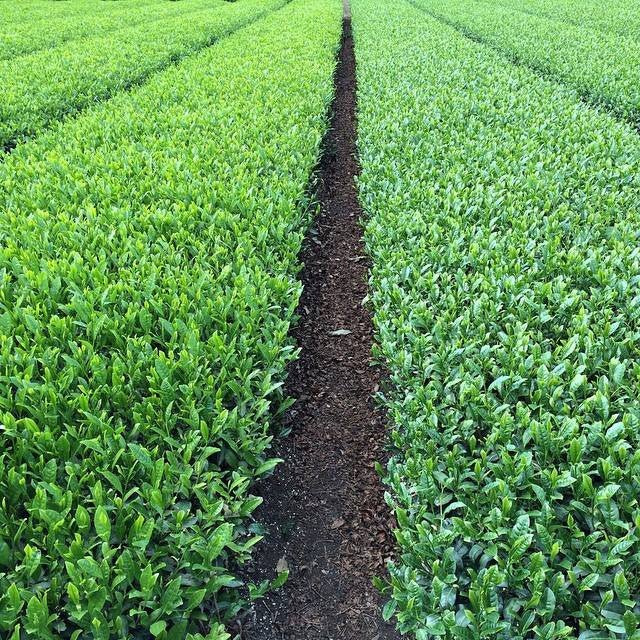日本茶の品質と種類を決める要素> 栽培 > 品種
栽培品種 - 栽培品種とは「栽培された品種」のことです。植物に特定の特性が認められた場合、その植物のDNAは挿し木による新しい木の増加によって維持されます。日本だけでも200以上の栽培品種が登録されていますが、やぶきた種は日本の茶生産量の約75%を占めています。
近年(2018年現在)、多様性が増加しており、他の主な種類としては、 ユタカミドリ(6%)、 サミドリ(3%)、 オクミドリ(3%)、 サヤマカオリ(2%)、 カナヤミドリ(1%)、 アサツユ(1%)、 在来(2%、日本語では定義が若干異なるため種類と見なされる。英語では、厳密に言えば、これらは種子から育てた植物であるため、非栽培品種である)、その他(7%)などがある。
異なる栽培品種を使用する理由は様々です。色の違い、風味の違い、そして風味とは関係のない理由などです。栽培品種によっては、他の品種よりも収穫時期が早かったり遅かったりするため、農家は(一度にまとめて収穫するのではなく)異なる時期に収穫計画を立てることができます。また、特定の地域でより蔓延している害虫や病気に対して、より強い耐性を持つ品種もあります。
あづま茶園には、やぶきた茶畑とおくみどり茶畑が並んでいます。
特定の品種から採取した種子から畑を作る場合は、「実生」という用語が付けられます。「やぶきた実生」。(2014年農林水産省データより)
親コレクション(例えば緑茶コレクション)の高度なフィルターを使用することで、特定の栽培品種を検索できます。また、 こちらにリンク付きの日本の栽培品種リストを公開しています。



